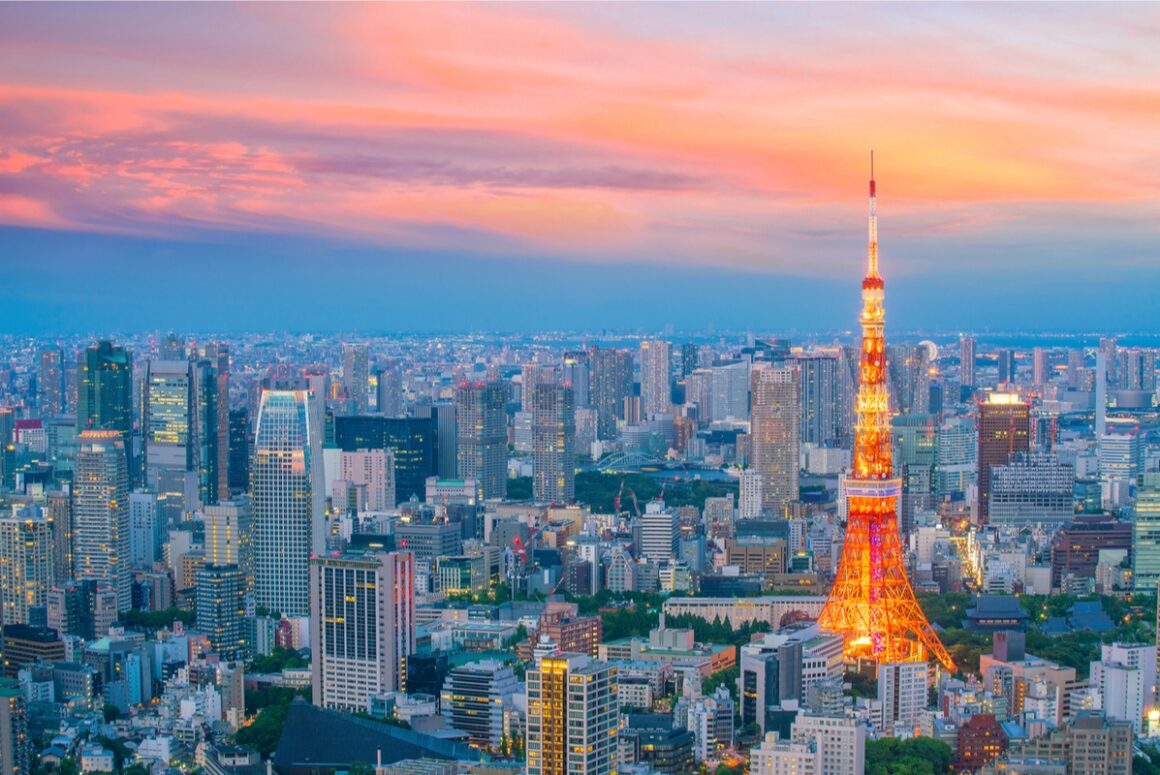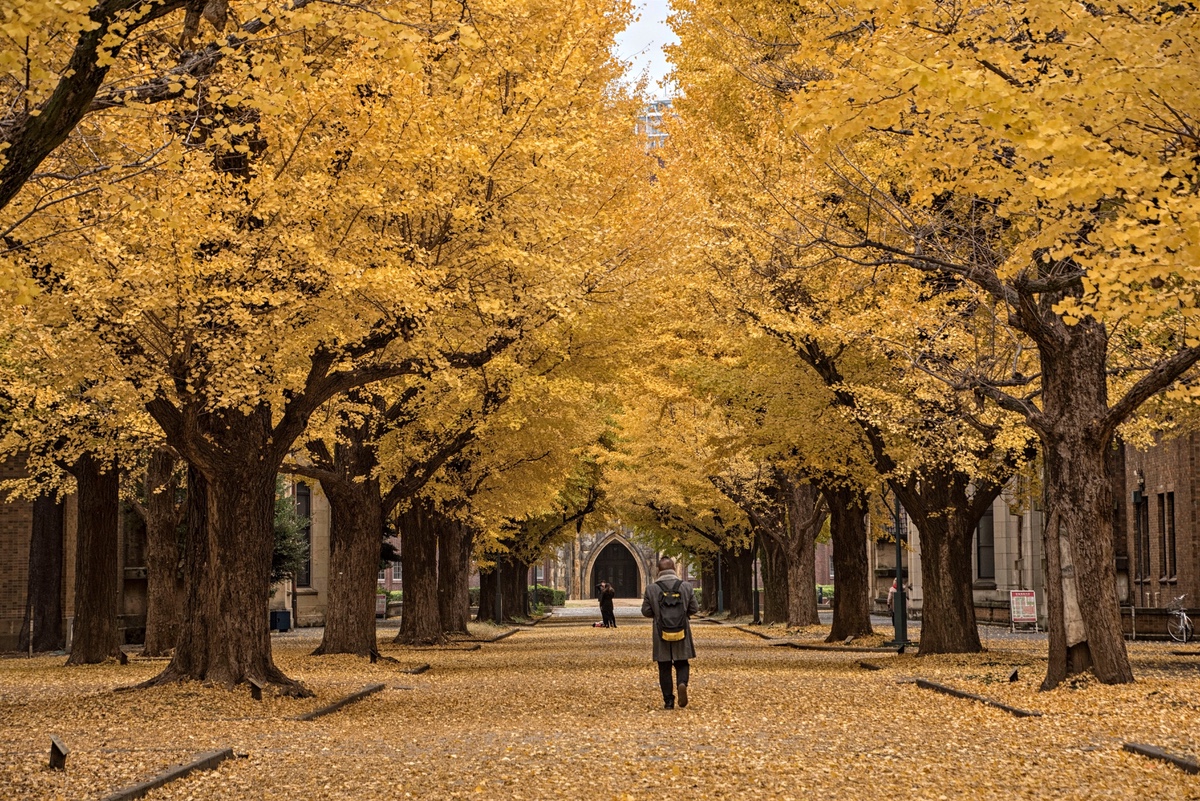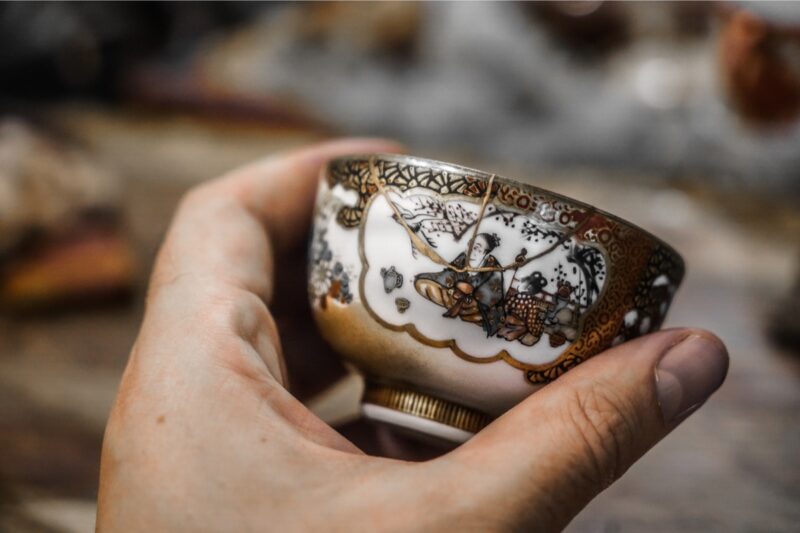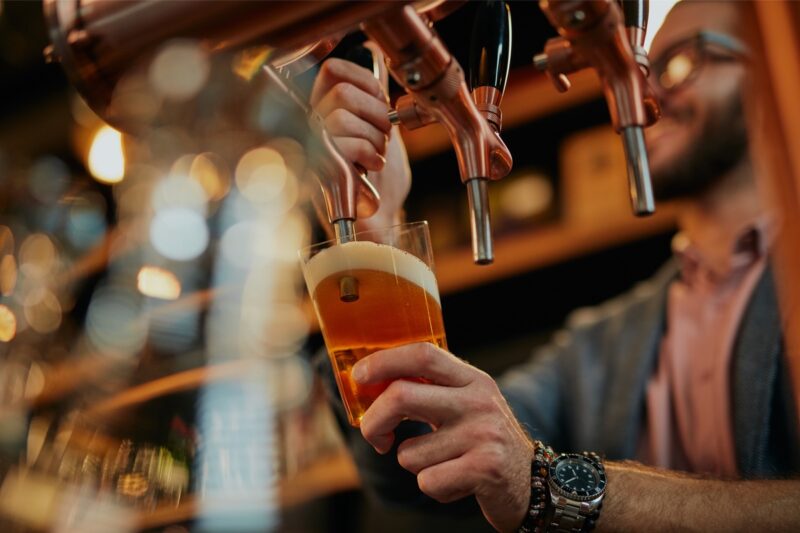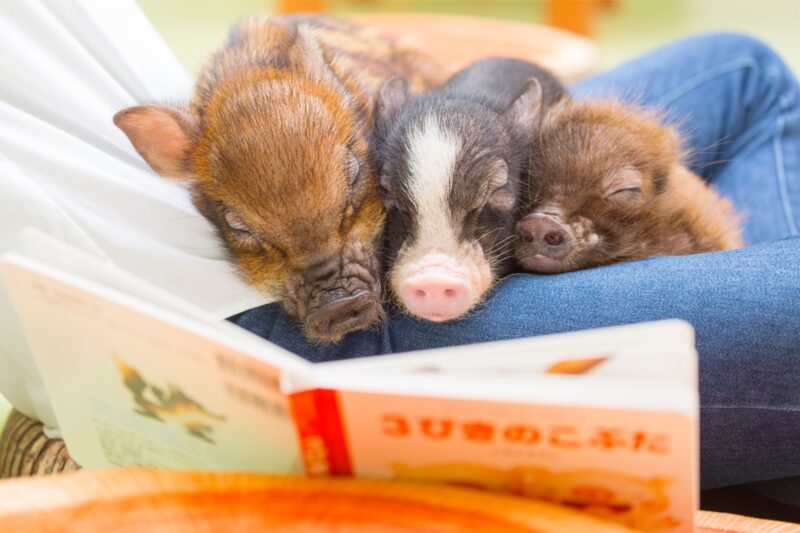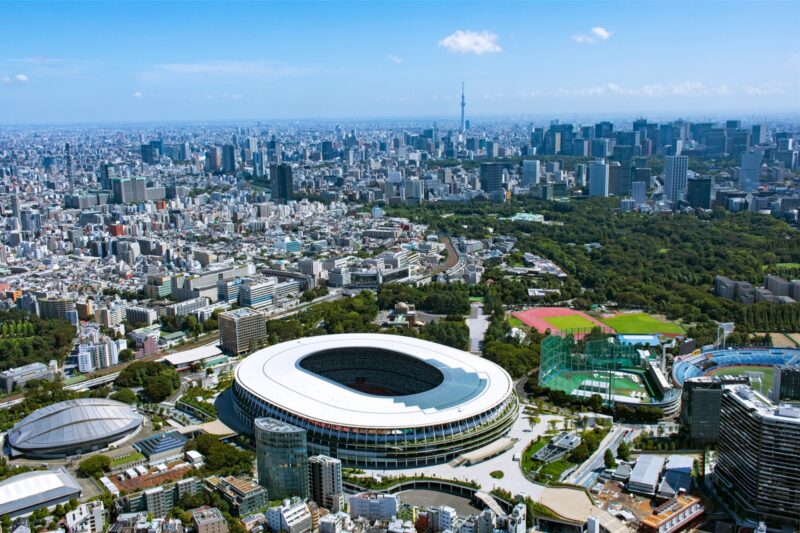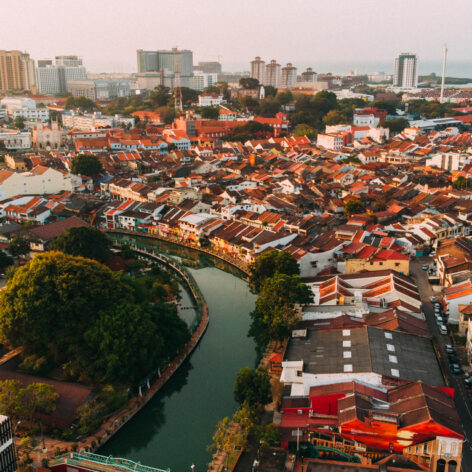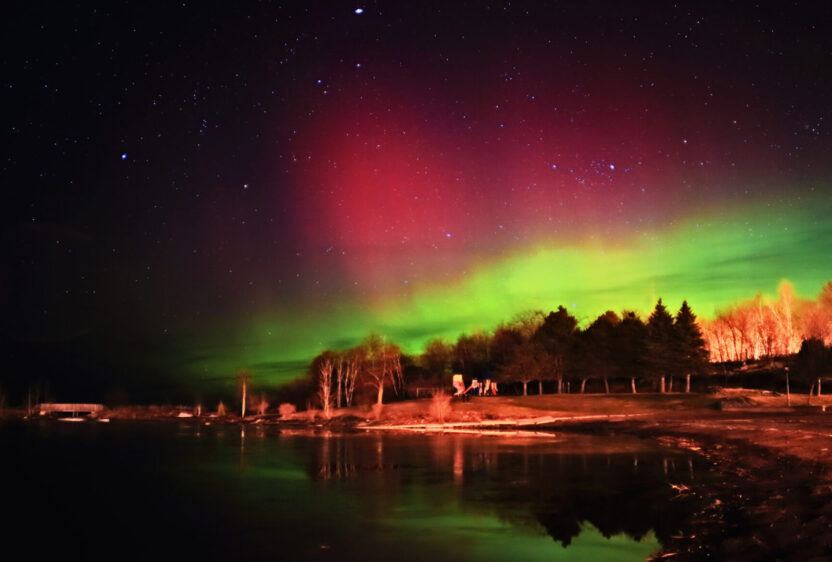The pandemic may have brought temporary change and uncertainty to how things are done in Tokyo, but the city still pulses with energy, radiating off the glass skyscrapers that tower over its CBDs, zipping across the narrow alleyways of Shibuya and Shinjuku, and leaping from rooftop gardens to bustling neighborhood joints.
Tokyo has emerged from an extended lockdown full of hope, benefiting from the presence of new developments and the promise of a tourist influx. Now that Japan has reopened its borders, albeit in a gradual scheme, its capital city is more than eager to please. Here’s what to check out.
1. Explore Shimokitazawa
Known for its bohemian vibes, indie art and music scene, eclectic cafes, and stores brimming with pre-loved fashion, Shimokitazawa — locals refer to the neighborhood as Shimokita — witnessed a development boom during the pandemic. The area has become even more popular for fashionable Japanese youth with the addition of trendy commercial space Reload Shimokita, the achingly hip Mustard Hotel, and pet-friendly al fresco hangout area Shimokita Senrogai Akichi. Like attracts like, and the presence of these new establishments means more specialist coffee shops, cool izakayas, and niche boutiques are coming to the neighborhood.
Shimokita is also home to an officially recognized Studio Ghibli cafe called Tolo Coffee & Bakery, where you can buy choux creams in the shape of the animation studio’s most famous character Totoro.
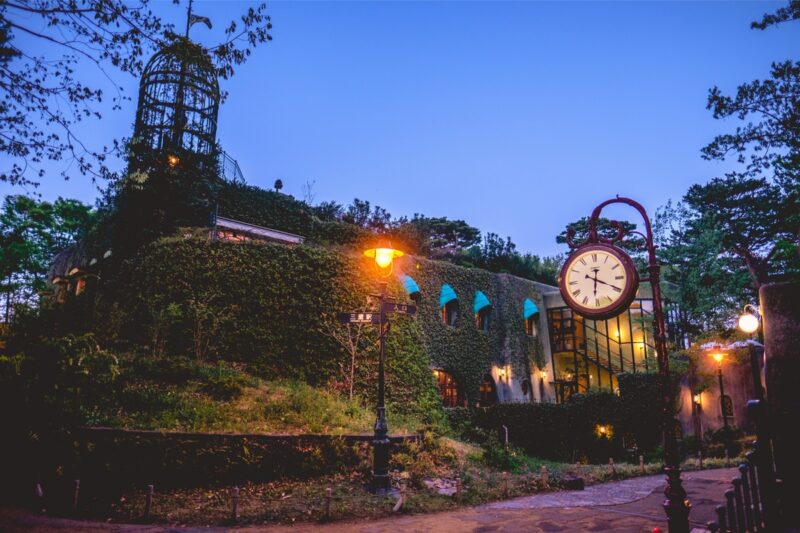
2. Get lost in the world of Hayao Miyazaki at the Ghibli Museum
If you grew up with the art and animation of Hayao Miyazaki, make your way to the outskirts of central Tokyo to the Ghibli Museum. Located within Inokashira Park in Mikata, the fantastical, multi-storied mansion is the closest experience to being in one of Hayao Miyazaki’s whimsical films. Get up close and personal with familiar characters such as the robot from Castle in the Sky and Totoro himself, who mans the gate. The museum also houses a small theater that shows Ghibli shorts that were never commercially released.
Tickets are not sold on museum grounds and have to be purchased in advance via the website of JTB, Japan’s largest travel agency, or convenience store Lawson’s online ticket platform.
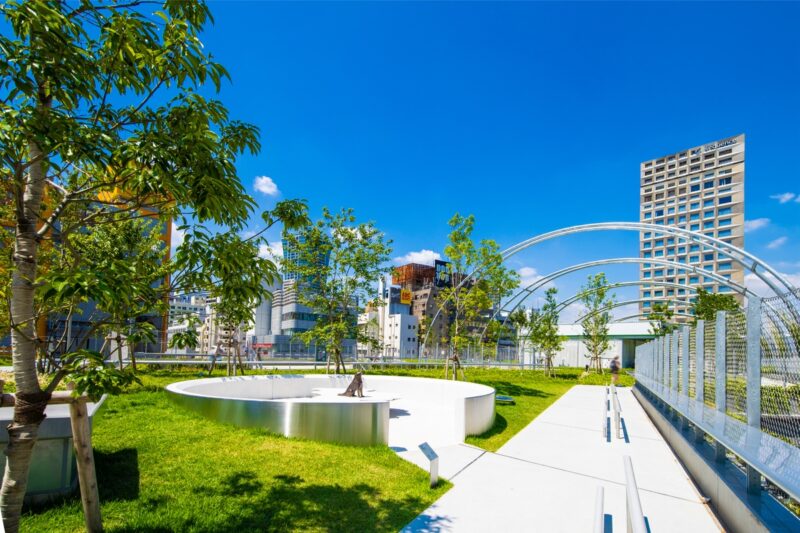
3. Take a breather in a lush rooftop park
Even before the pandemic, some of Tokyo’s coolest public spaces were perched on the top of its malls and multi-use complexes. The city’s well-manicured rooftop parks and gardens have the post-COVID virtue of providing an al fresco alternative for those wanting to escape the crowd indoors, including the recently revitalized Miyashita Park, a 10,000sqm development in the heart of Shibuya. The park features a multi-purpose sports facility, skate park, and a bouldering wall.


